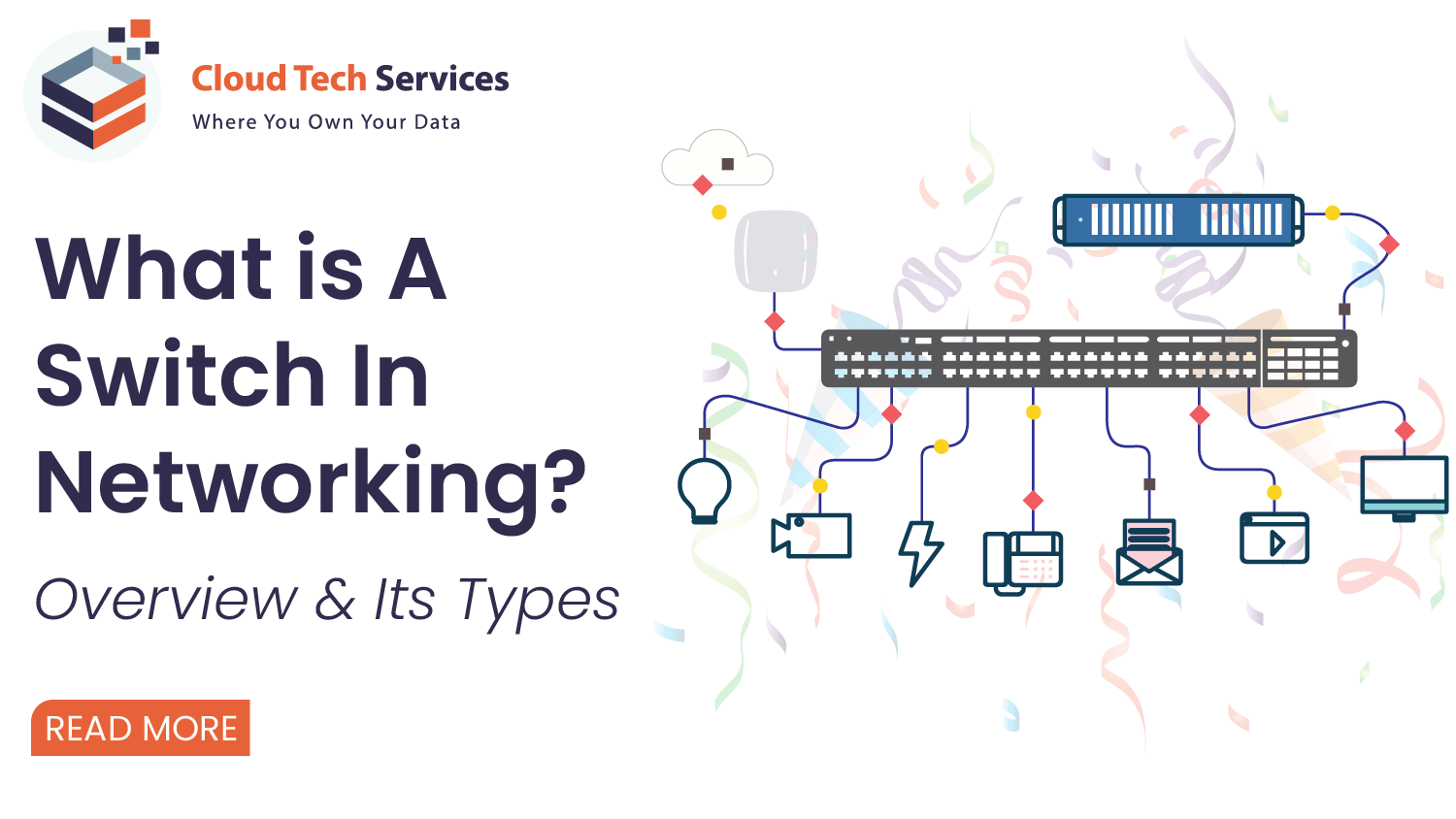Maximizing Business Continuity: Navigating Network Downtime with our AI-Driven NOC Services
In today’s world driven by technology, businesses rely heavily on their computer networks in running their daily operations. However, the real effects of network downtime are often underplayed, and this can have serious implications for businesses. In terms of reduced productivity and lost revenue, the actual consequences of network downtime are generally underestimated by companies.
Even minute outages in a company’s network can significantly disrupt the overall performance and operation of a business entity. According to an article on Statista (unplanned downtime worldwide 2019-2020), the average cost of network downtime is $5600 per minute. 81% of organizations faced at least one incident of downtime over the year with an average down time of 95 minutes.
Outdated Network Infrastructure
According to a report by Cisco’s Global Networking Trend reveals that outdated network infrastructure is responsible for about 43% of cases of system outage among other factors which necessitate regular upgrading and evaluation.
Security Threat
Moreover, in this era of digital revolution, companies have stores with huge amounts of confidential and private information making network failures a security threat. According to Varonis (Data Risk Report 2021), one-third of businesses have experienced a data violation due to insecure third-party access while another study revealed that 38% came through third-party vendor’s access.
The Consequences of Network Downtime for Businesses
The consequences of network downtime are not limited to financial loss. A survey conducted by ITIC 2021 Global Server Hardware, Server OS Reliability Survey shows that 98% of organizations said that a single hour of downtime costs them over $100,000. Additionally, the same survey found that 81% of businesses said that network downtime impacts their customers’ satisfaction, and 43% of businesses said that it significantly impacted their reputation.
Furthermore, in today’s digital age, businesses hold a large amount of sensitive information, and network downtime can pose cyber security risks. To reduce the risk of network downtime, businesses must evaluate key areas.
Network downtime can have severe consequences for businesses, including lost revenue, decreased productivity, damaged reputation, security risks, and employee frustration. When a business’s network or system is down, customers are unable to place orders, access services, or make payments, resulting in lost sales and revenue. This can also lead to delays and missed deadlines for employees who are unable to access important files, communicate with each other, or complete tasks.
Lost Revenue:
Network downtime can directly result in lost revenue for businesses. If a network or system is down, customers can’t place orders, access services or make payments, resulting in lost sales and revenue.Decreased Productivity:
Network downtime can also lead to decreased productivity for businesses. Employees can’t access important files, communicate with each other, or complete tasks, resulting in delays and missed deadlines.Reputation Damage:
Network downtime can damage a business’s reputation. If customers experience downtime or other technology related issues, they may lose trust in the business, resulting in decreased customer loyalty and negative reviews.Security Risks:
Network downtime can also lead to security risks for businesses.
To minimize network downtime, regular assessment of various areas is important. Here are some areas that should be checked:
Network Infrastructure: Ensure that your network infrastructure is up-to-date and can handle the data traffic generated by your business. You may need to consider evaluating infrastructure such as switches, routers, firewalls and other networking materials for this to happen.
Security: Periodical network security evaluation conducted could protect your business from cyber threats including hacking and malware. This may involve measures like firewalls, antivirus software and intrusion detection systems.
Network Monitoring: Good network monitoring system can discover problems and prevent downtime. This includes watching over the flow of data along the networks.
Data Backup and Recovery: Evaluating your data backup and recovery plans can ensure that vital information remains accessible even during a network disruption or any other catastrophe. It may entail putting in place backup solutions such as cloud storage or external hard disks.
Employee Training: Proper training of employees can help reduce human errors resulting in network outages. This might include training them on how to stay away from phishing scams as well as how to identify potential vulnerabilities in their networks through social engineering techniques
In conclusion, businesses should take network downtime seriously and understand the significant impact it can have on their operations and bottom line. By regularly evaluating key areas such as network infrastructure, security, and employee training, businesses can reduce the risk of network downtime, enhance their reputation, and improve customer satisfaction.
Don’t let network downtime impact your business any longer. With our managed services, you can have peace of mind knowing that your network is being monitored and maintained 24X7. Our expert team is here to provide you with the support you need. Contact Us.
Seamless Navigation Through Network Downtime: Harness the Power of AI-Driven NOC Services, Exclusively Offered by Our Cloud Tech Services















